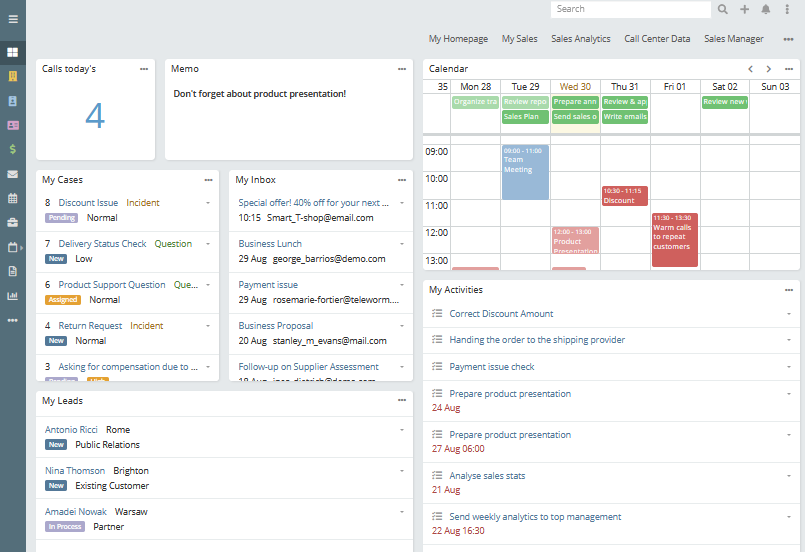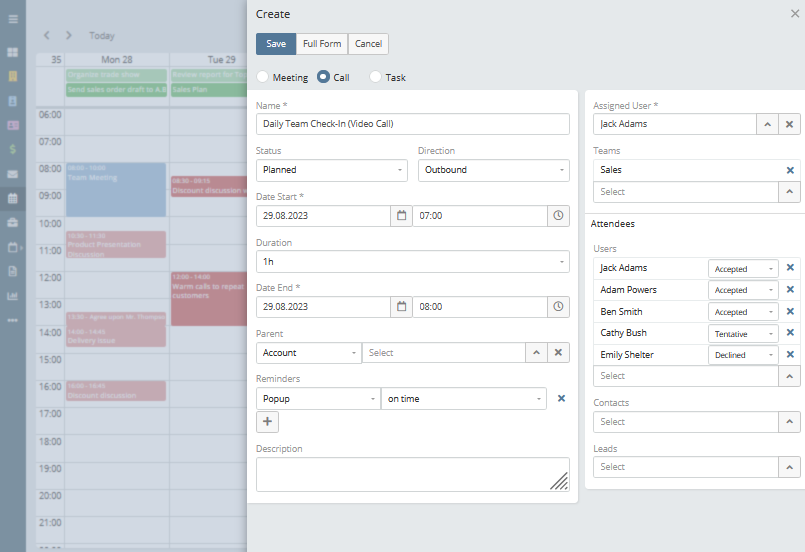
Over the last five years, remote work has become the new normal. Since plenty of companies have transitioned from in-office to hybrid or fully remote work models, we all have friends or acquaintances who work from home even if we haven’t experienced it firsthand.
While remote work offers numerous advantages, organizing and managing remote teams is not the same as navigating smooth waters. It presents managers and team leaders with a unique set of challenges that can make it difficult to promote collaboration, track performance and keep employees feeling connected, motivated and productive.
Even though there’s no “one-size-fits-all” approach to organizing remote work, we would like to share the top eight best practices on how to effectively manage remote workforce, improve its productivity and increase collaboration.
How to Effectively Manage Remote Workforce. 8 Best Practices.
1. Trust your team
The lack of face-to-face interactions makes managers struggle to trust their employees, which often leads to stricter monitoring and micromanagement. As a result, employees also start distrusting their management and everyone involved in the work processes is stressed and dissatisfied. Yet, it doesn’t have to be this way. As a leader and manager, you set the tone and atmosphere in the workplace. Therefore, to avoid micromanagement, give your employees autonomy to accomplish their tasks without oversight and focus on measuring results based on their deliverables.
2. Set clear expectations
When it comes to managing remote teams, setting clear goals and expectations from the very beginning is crucial. Remote work practices are different for different companies and different teams. Therefore, it is important to be clear about what remote work should look like in your team or company. Create guidelines that set clear timeframes for meetings, define the communication tools the team will use for different purposes, and make sure that everyone understands how the work is assigned and evaluated, what the deadlines are, and how one should collaborate with other team members. Having all goals, purposes and responsibilities documented, you will promote a healthy and transparent work culture in your company.
3. Use tools and technology
Whether you have adopted a hybrid model or your employees work from home full-time, having the right tools to streamline communication and track work progress is a must to ensure your team remains effective and productive. Today, the tech market offers numerous apps that allow teams to effectively communicate like Slack and Zoom, plan and manage tasks like Asana and Trello, and track working time like Clockify or Toggl. Investing in reliable tools will help your company to build smooth work processes and enhance the quality of remote work.
4. Leverage EspoCRM as a collaborative work management platform
Remote work does add complexity to the ability to locate and access information from coworkers. In this case, the CRM system can serve as a single working environment for storing data and team collaboration. It can be used to track customer and lead data, keep track of sales opportunities, monitor the task progress and record updates, communicate with coworkers and manage work-related documents. Keeping all this information organized and accessible will allow everyone on your team to quickly access whatever they need instead of spending their time digging for it in numerous apps.

5. Regular check-ins
In the remote work model, regular check-ins are one of the ways to keep the team connected. They can take the form of weekly team meetings, daily stand-ups, one-on-one meetings, monthly and quarterly reviews, etc. Their frequency, format and structure will hugely depend on the peculiarities of your work processes and the preferences of your team members. These meetings help to maintain clear communication, track task and project progress, address challenges and make sure everyone understands the next steps. Aside from keeping everyone on the same page, the regular check-ins help to maintain alignment within the team and foster a supportive atmosphere where employees feel comfortable sharing their ideas and issues they face.

6. Provide comprehensive training
Effective training and proper onboarding process is important both for in-office and remote teams. Since remote work quite often involves asynchronous communication and fewer face-to-face interactions, it can be more difficult for new employees to receive answers to their questions. Therefore, the company has to create training materials and user guides to ensure that employees learn how to use remote working tools and become aware of the intricacies of the company’s processes. In this way, remote employees will feel more confident, while work processes and communication will be smoother from the beginning.
7. Measure output, not hours
While many employers are used to measuring employee productivity by monitoring how busy they appear to be in the office, with remote work, it doesn’t work this way. Instead of micromanaging and checking up on each employee every day, it is better to organize the company’s processes in a way that ensures accountability for each task completed. By focusing on the work progress, the real results and completed projects, you create an environment that values productivity, efficiency and innovation.
8. Establish a strong feedback loop
Providing regular and constructive feedback is the most effective way to influence the remote team’s motivation and productivity. Creating a strong feedback loop that allows gathering feedback both for employees and managers helps to identify and address issues in the company’s workflows before they become problems. In addition, receiving timely feedback shows team members that they are valued and serves as a motivation to drive better results. It also fosters the culture of openness in the company enabling everyone to speak freely and contribute to the growth and improvement of the work-related processes.
Final Thoughts
Overall, an effective remote work culture boils down to two fundamental aspects: trust and connection. If there’s no trust between management and remote employees and everyone feels alone like on a deserted island, then something went wrong. For a manager and team leader, it is important to stay aware of the signs of reduced proactivity, analyze the reasons, and adjust the remote working processes accordingly. By implementing the right collaborative tools to monitor the processes, holding regular check-ins, and gathering feedback, it is easier to quickly tackle and solve remote work worries of your team and remain at peak productivity.
